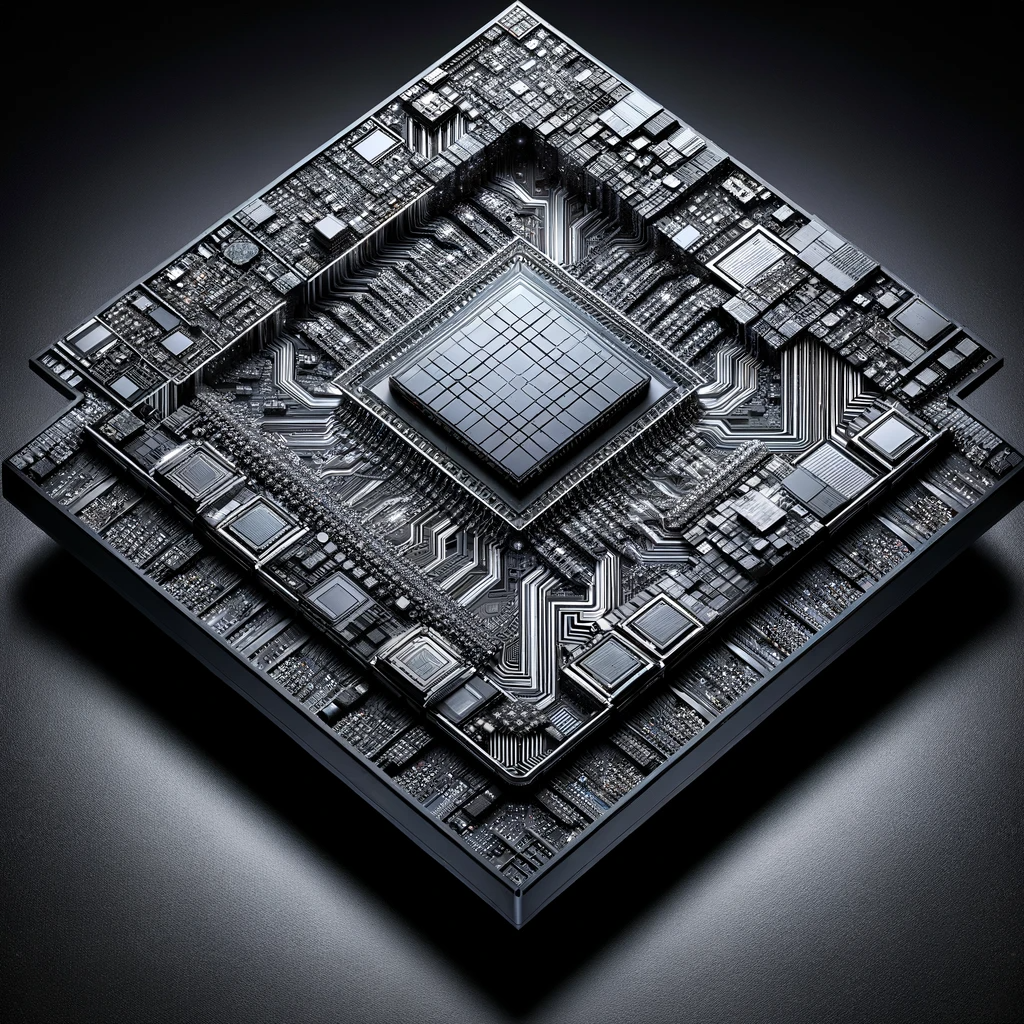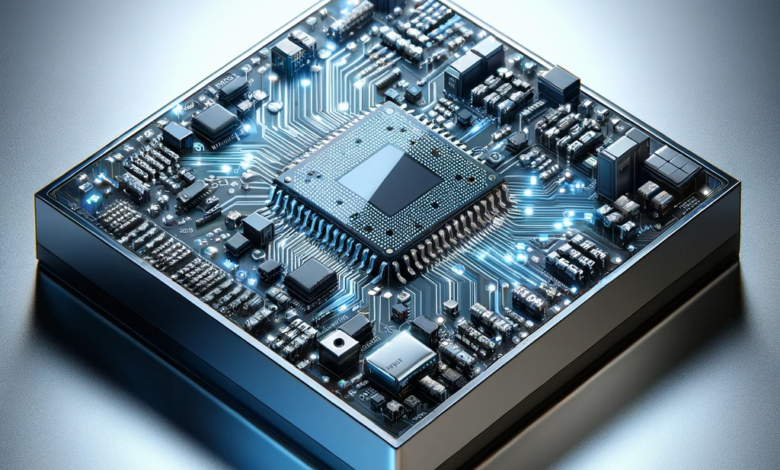
Advanced Semiconductor
Semiconductors are the unsung heroes of the modern electronic era. Straddling the line between conductors and insulators, they possess unique electrical properties that make them indispensable in various electronic devices. This section will explore what semiconductors are and why they are pivotal in today’s technology-driven world.
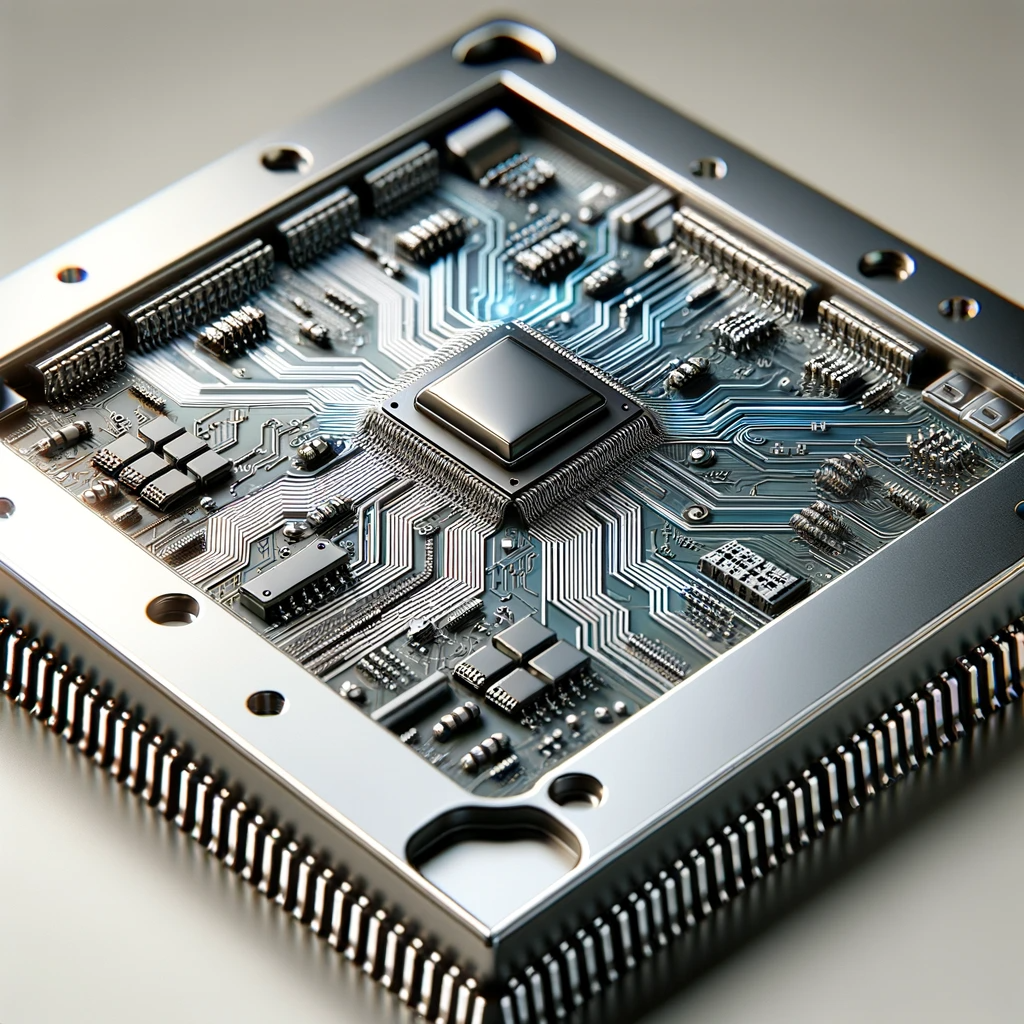
A Journey Through History
From the discovery of elemental semiconductors to the revolutionary invention of the transistor, the history of semiconductors is a fascinating tale of scientific progress and innovation. We’ll delve into how semiconductor technology evolved, leading to the sophisticated gadgets we use today.
Types and Materials of Semiconductors
Understanding semiconductors begins with knowing the different types available. This part of the blog will discuss intrinsic and extrinsic semiconductors and delve into the materials commonly used in their production, such as silicon and germanium.
How Semiconductors Work
The magic of semiconductors lies in their conduction mechanism. We’ll explain how electrons and holes contribute to this process and explore the significance of the P-N junction, the cornerstone of semiconductor-based devices like diodes and transistors.
Semiconductor Devices and Their Applications
Semiconductors are the building blocks of various electronic devices. Here, we’ll discuss the role of diodes, transistors, and integrated circuits in electronics and highlight their applications in everyday devices like computers and smartphones.
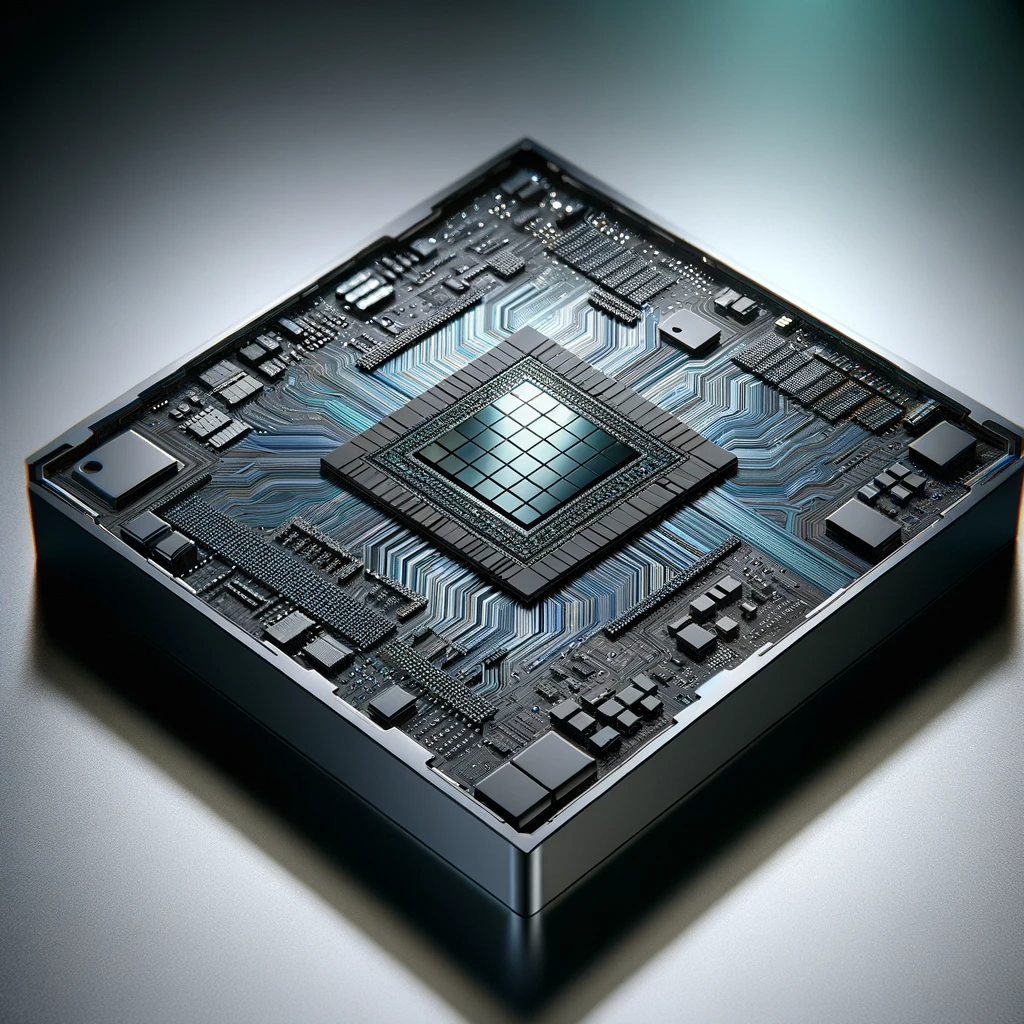
Applications
- Computing Devices: Semiconductors are the backbone of all computing devices, from simple calculators to complex supercomputers. They are key in CPUs, GPUs, and memory chips.
- Consumer Electronics: Everyday gadgets like smartphones, televisions, and digital cameras rely heavily on semiconductor components.
- Solar Cells: Photovoltaic cells, which convert sunlight into electricity, are made from semiconductor materials, primarily silicon.
- Communication Systems: Semiconductors play a crucial role in communication technologies, including everything from fiber optics to satellite communications.
- Automotive Industry: Modern vehicles use semiconductors in various systems, including engine management, infotainment, and advanced driver-assistance systems (ADAS).
- Healthcare Equipment: Medical devices, such as MRI machines, X-ray equipment, and heart rate monitors, utilize semiconductors for their electronic components.
- Power Management: Semiconductors are essential in power conversion and management in various electronic devices, ensuring efficient energy use.
- LED Lighting: Light Emitting Diodes (LEDs) are semiconductor-based devices widely used in lighting solutions due to their energy efficiency and longevity.
The Cutting Edge: Advanced Semiconductor Technologies
The field of semiconductors is ever-evolving, with nanotechnology playing a significant role in recent advancements. This section will introduce you to the exciting world of quantum dots, quantum computing, and how these advanced technologies are shaping the future.
Strategic Importance of Semiconductors
- Vital to National Security: Semiconductors are essential for defense technologies, making them a strategic asset for any nation’s military and intelligence capabilities.
- Economic Power: The semiconductor industry drives significant portions of the global economy, impacting everything from automotive to telecommunications sectors.
Global Supply Chain and Production
- Concentration of Manufacturing: The production of semiconductors is highly specialized and geographically concentrated, with countries like Taiwan, South Korea, and the United States playing leading roles.
- Supply Chain Vulnerabilities: This concentration creates vulnerabilities, as geopolitical tensions or natural disasters in these key areas can disrupt global supply chains.
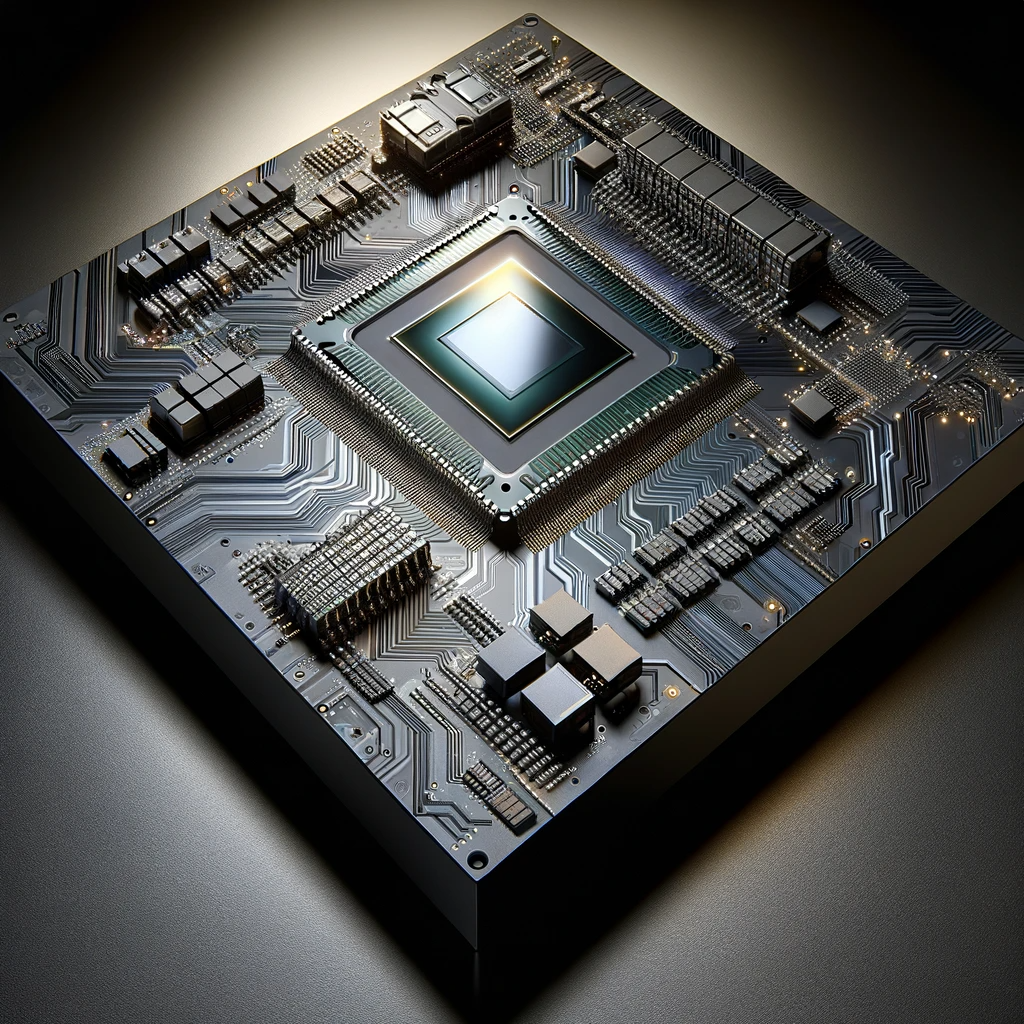
The U.S.-China Technology Rivalry
- Technology Leadership Race: The U.S. and China are in a competitive race for technological supremacy, with semiconductors at the heart of this contest.
- Trade Restrictions and Sanctions: Both nations have employed trade restrictions and sanctions to hinder each other’s advancement in semiconductor technology.
Impact on Global Politics
- Alliances and Partnerships: Countries are forming strategic alliances and partnerships to secure semiconductor supplies and technology.
- Domestic Production Initiatives: Many nations are investing heavily in developing their own semiconductor manufacturing capabilities to reduce dependence on foreign sources.
Future Implications
- Innovation Race: The struggle for semiconductor dominance is spurring rapid innovation in the field.
- Potential for Conflict: As dependence on these components grows, the potential for conflict over resources and technological control increases
The Semiconductor Industry: An Overview
Who are the giants in the semiconductor industry? What are the current market trends? This part of the blog will provide an overview of the major players in the semiconductor manufacturing world and discuss the market dynamics and future prospects.
Challenges and Future Innovations
Despite their widespread use, the production and supply of semiconductors face several challenges. We’ll address these issues and shed light on the latest innovations and research that are driving the industry forward.
Further Reading and Resources
For those intrigued by the world of semiconductors and wishing to explore further, this section will provide additional resources and reading materials to deepen your understanding.
